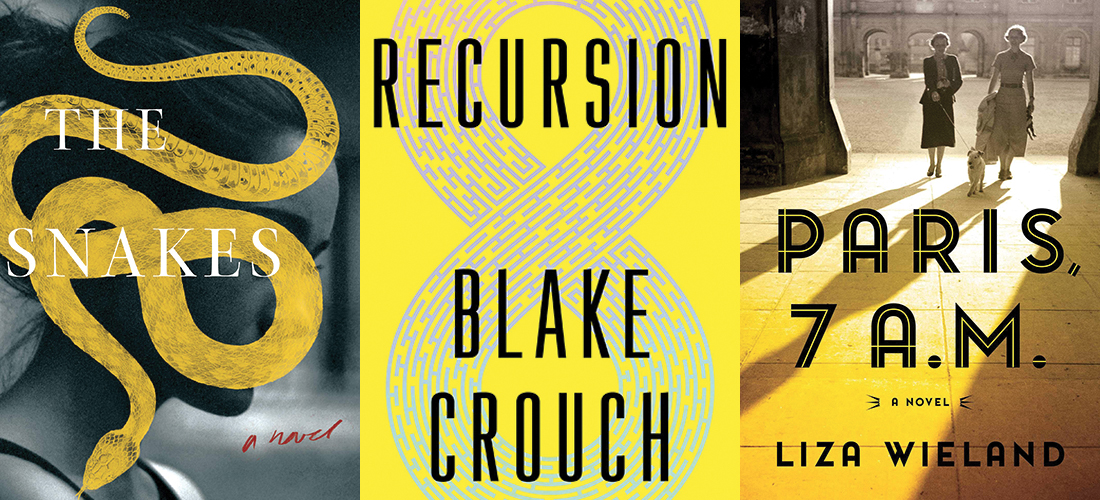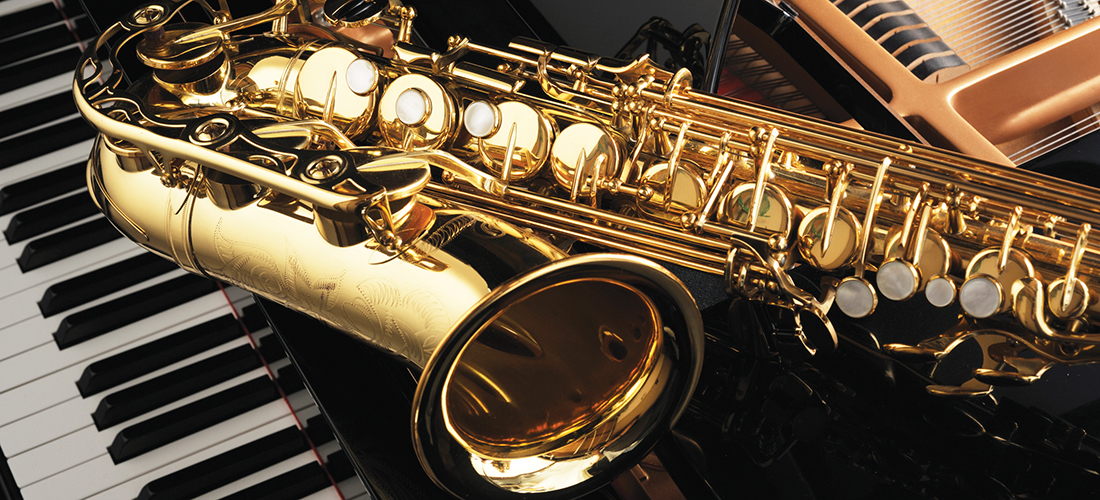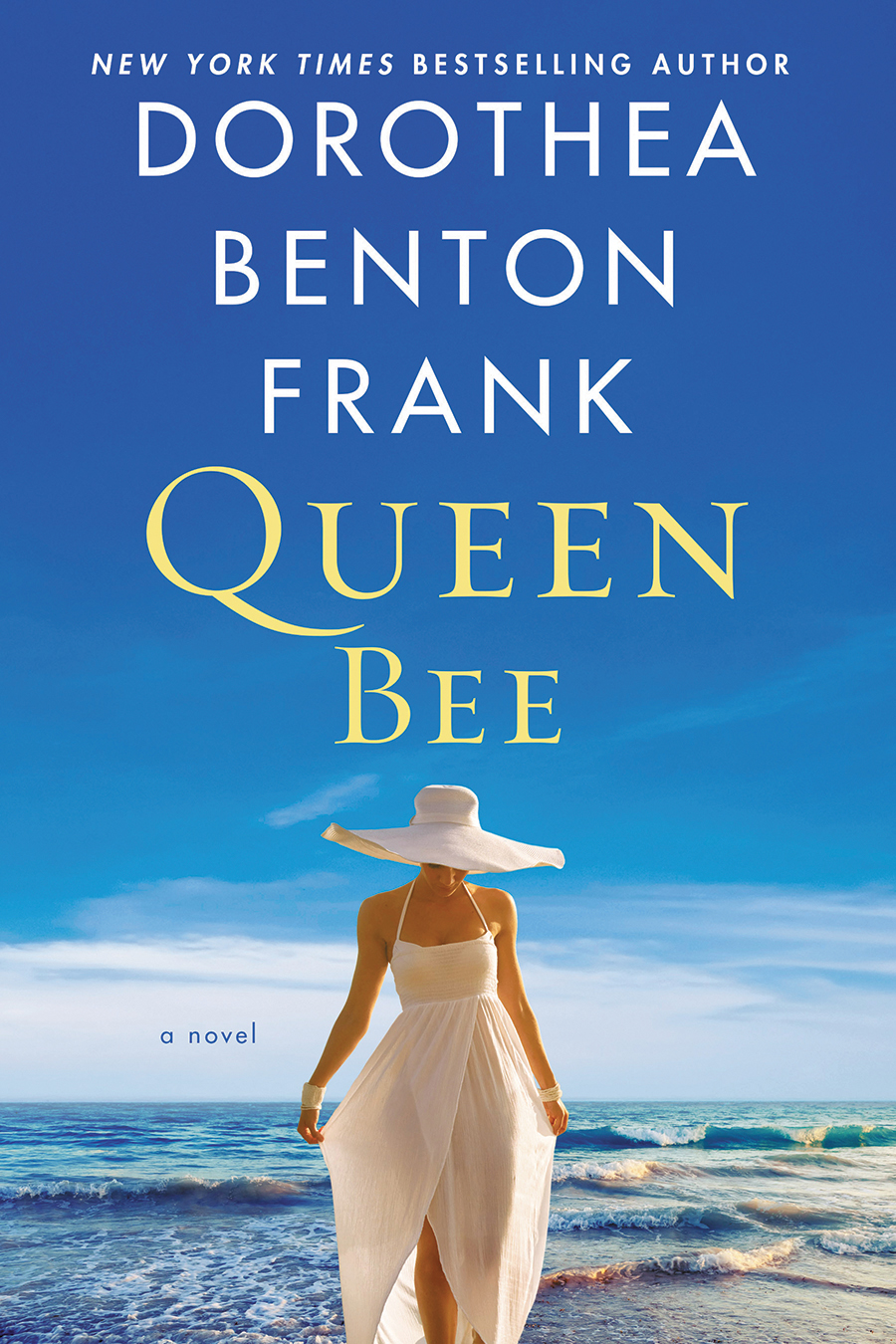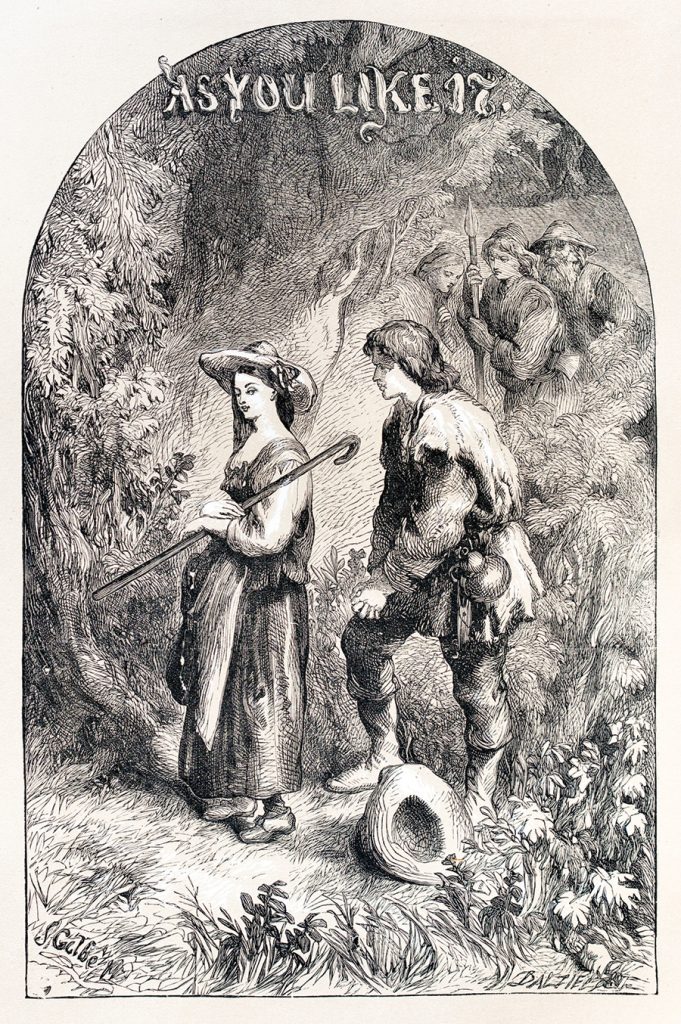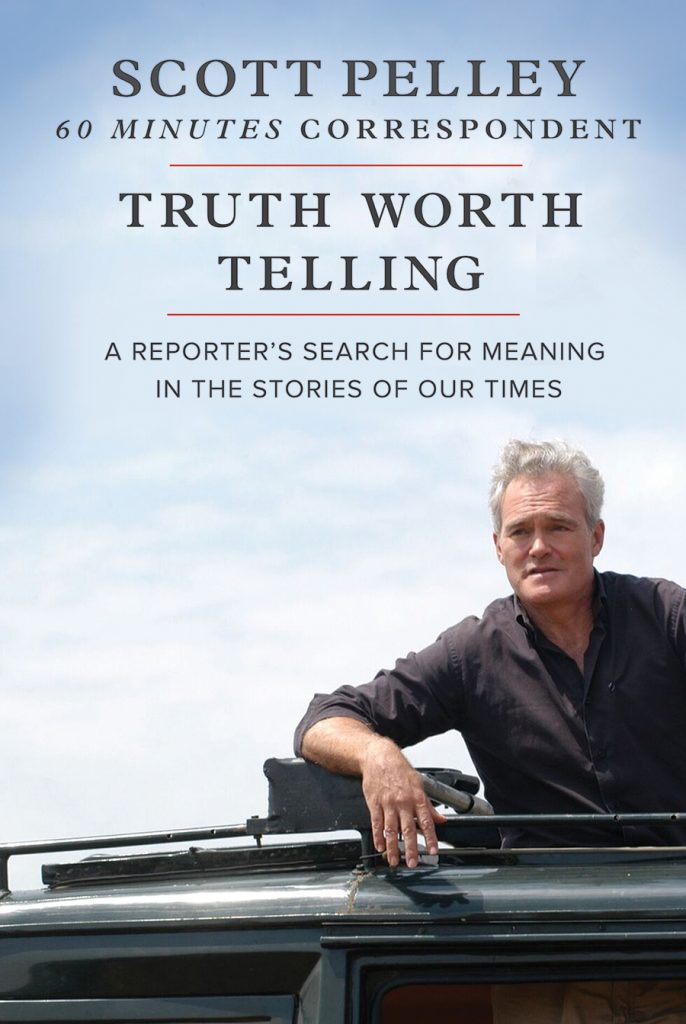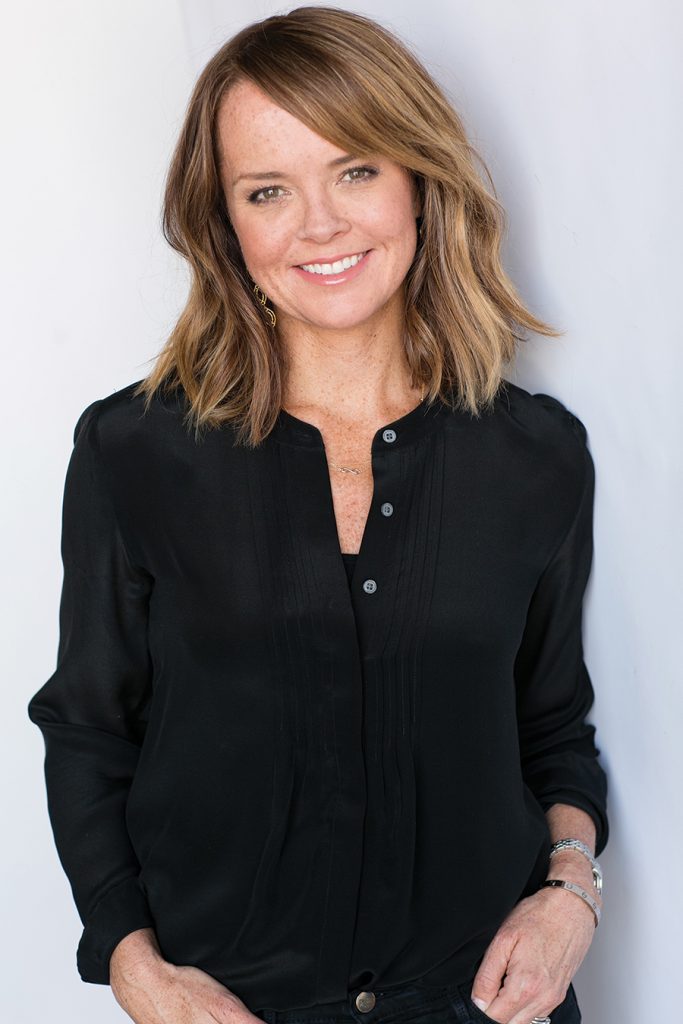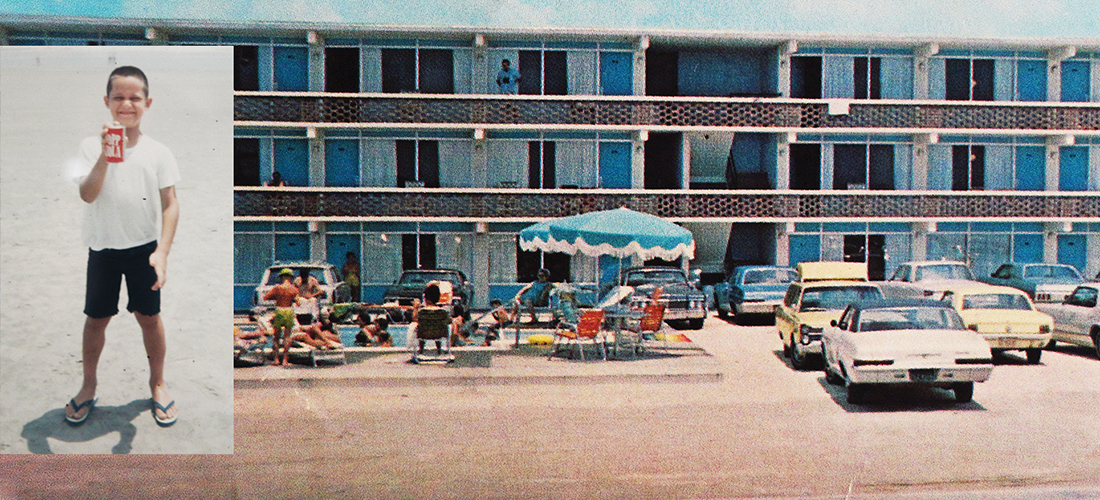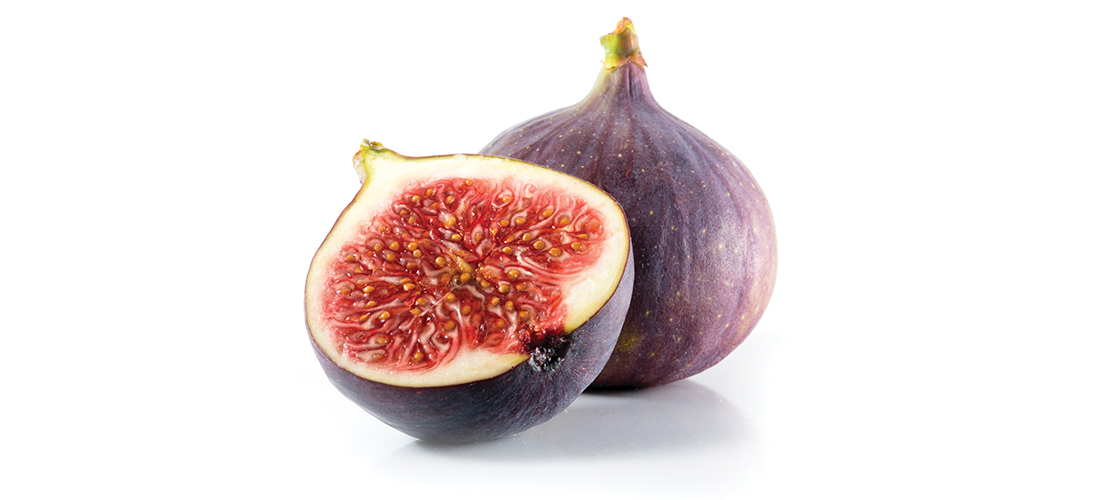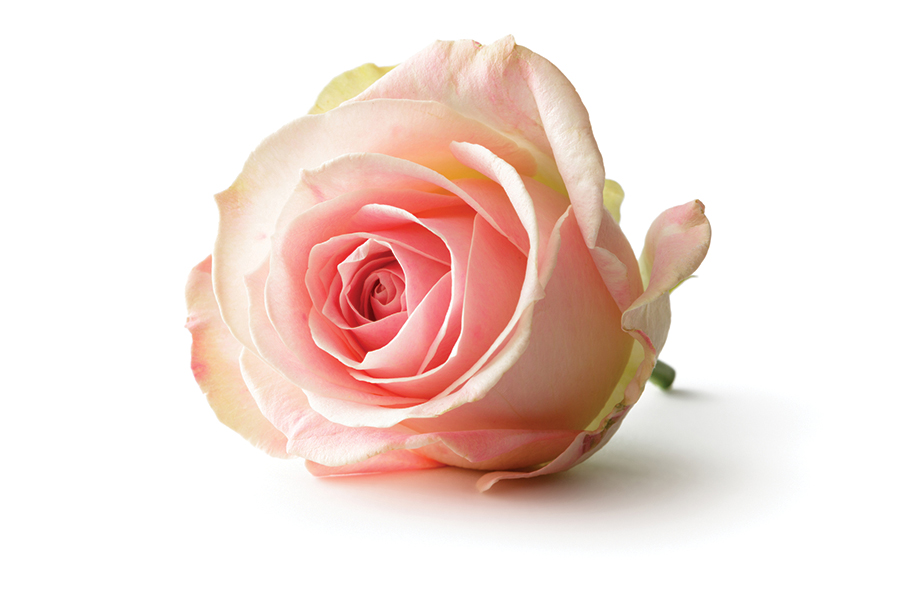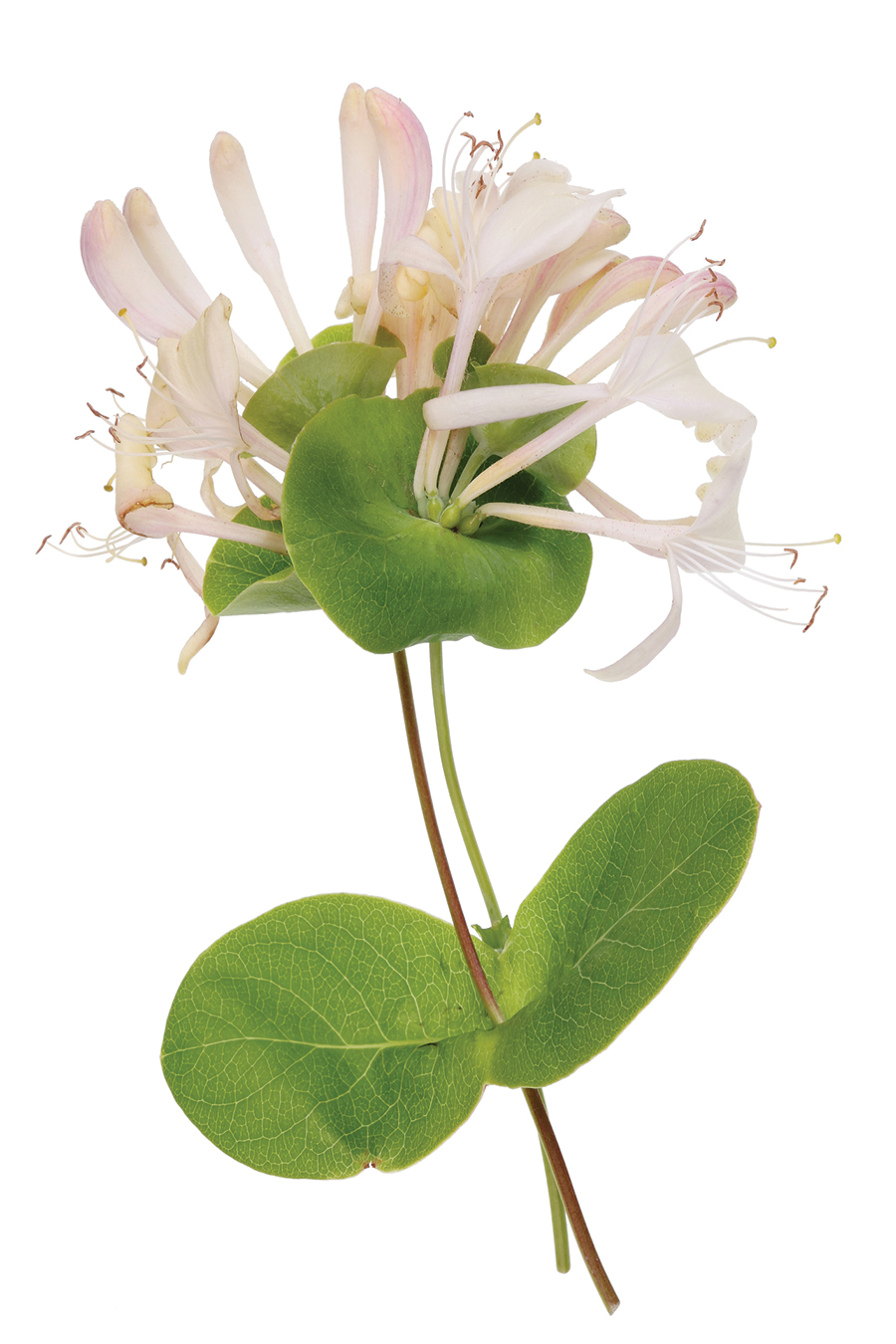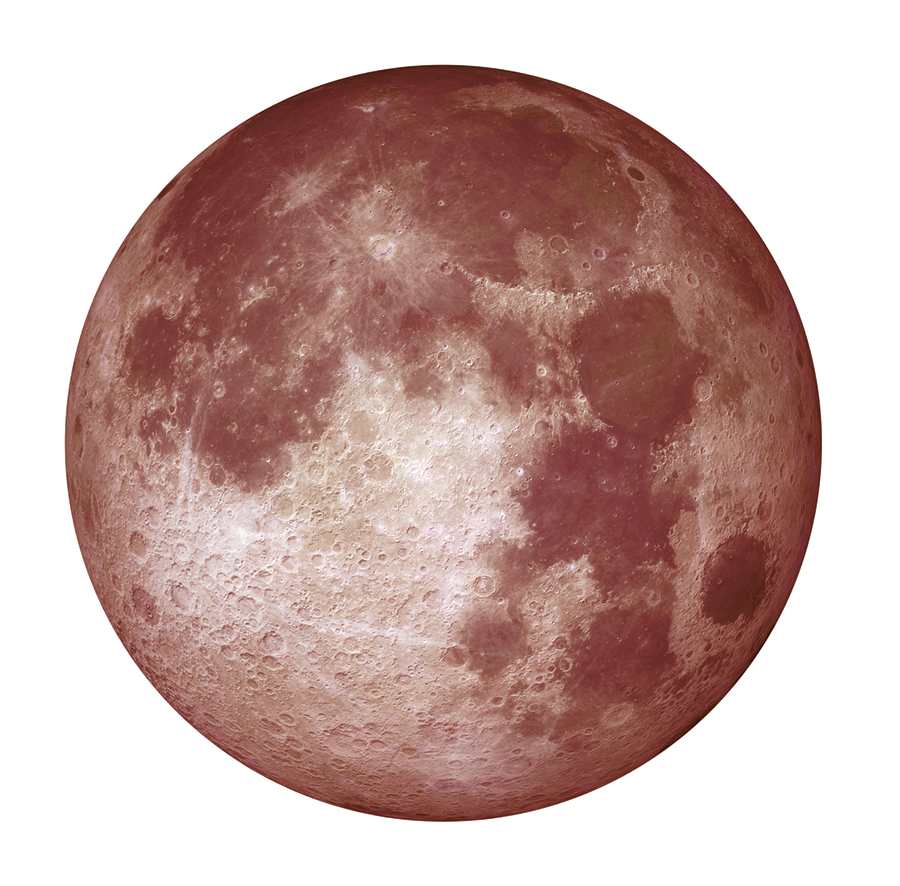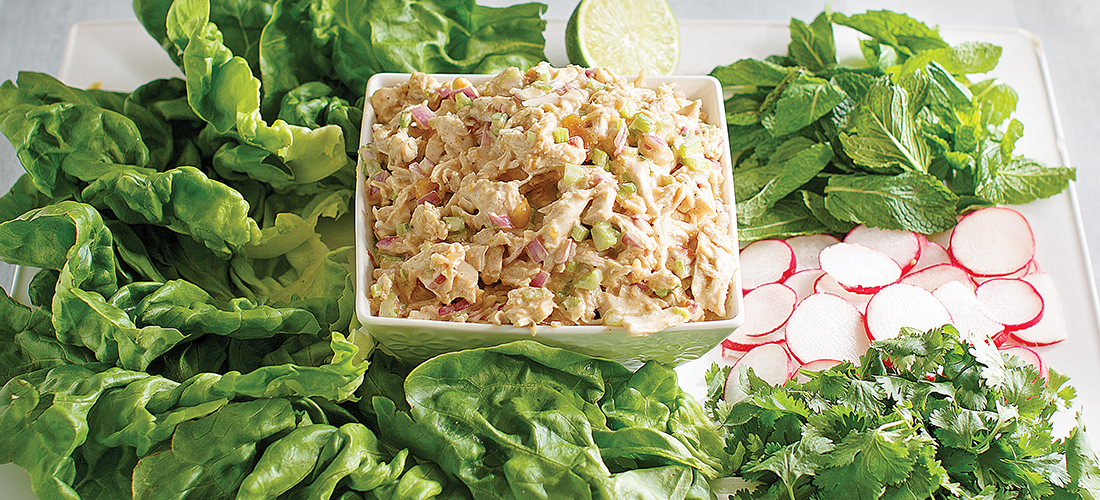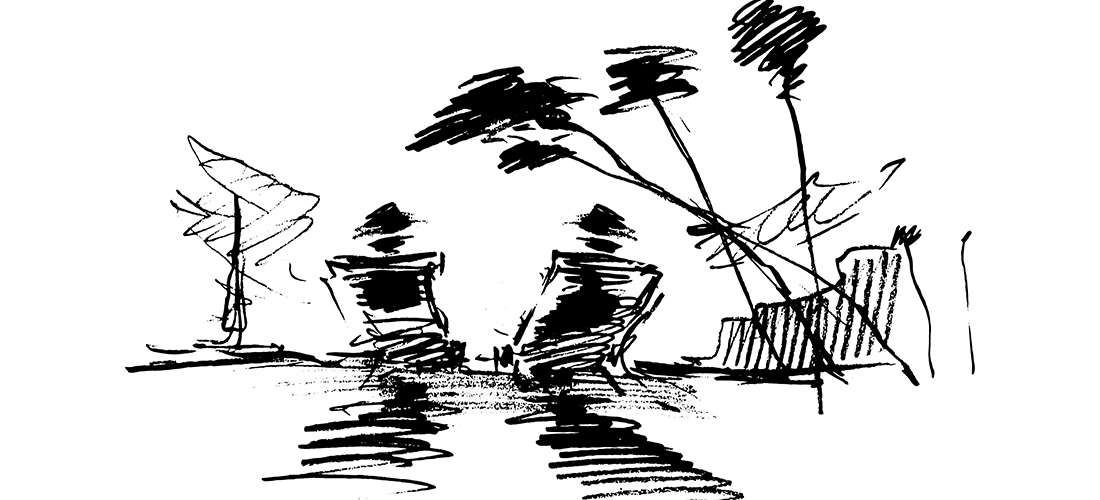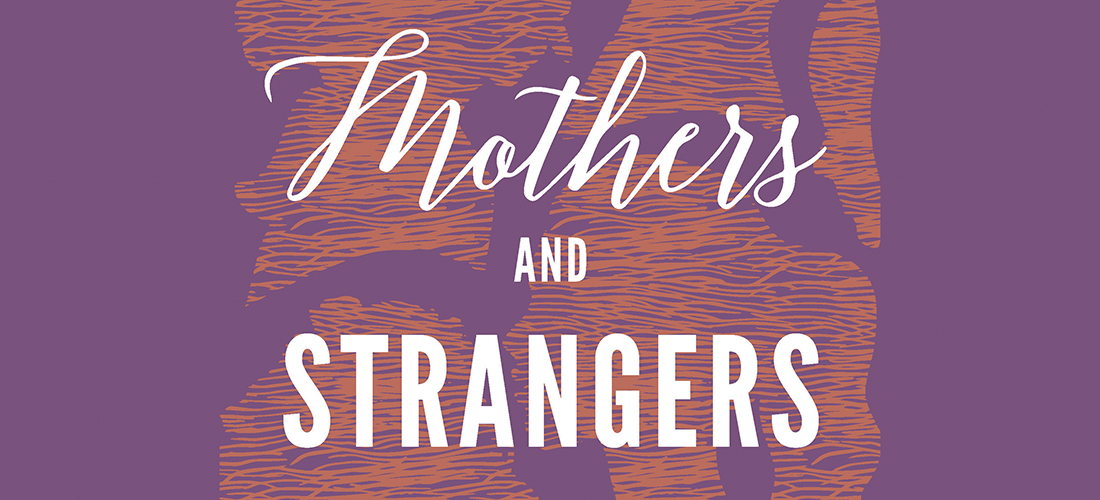Summer Well
Catching up and resting up
By Tony Cross
It’s my favorite time of the year. I love hot weather, and hopefully, I’ll be able to get out of town for at least a few days. If that’s the case, you’ll find me on the beach with either drink or book in hand. I enjoy Miller Lites, ice cold and in bulk. And when I’m reading, it’s almost always non-fiction. This summer, however, I hope to catch up on a few cocktail books that I haven’t had time to digest. It seems like every month there are tons of new books available on Amazon dedicated to spirits, cocktails, bars that make them, and the history of all of the above. Here’s a few that I hope to tackle soon.
Cocktail Codex: Fundamentals, Formulas, Evolutions, by Alex Day, Nick Fauchald and David Kaplan
From one of the partners of New York City bar Death & Company, and co-authors of Death & Co: Modern Classic Cocktails (which is, in my opinion, one of the best, if not the best cocktail book ever penned), Cocktail Codex is an in-depth look at six cocktails, and how every cocktail served today is based around them. These “root” cocktails are: the Old-Fashioned, the Martini, the Daiquiri, the Sidecar, the Whiskey Highball, and the Flip.
Each section starts off with the root recipe, and then off it goes! It delves deep into understanding the core of the drink, i.e., all of the ingredients, and why they work. This is very important, because as the chapter continues, it shows other classic-style drinks that are based on the root recipe. All of the crazy drinks that you may find in cocktail bars, books and even from Instagram almost always come from one of these root drinks. Any good bartender will tell you, if you don’t understand the classics (and, just as importantly, the balance), you’re going to have a tough time coming up with your own creations.
Tiki: Modern Tropical Cocktails, by Shannon Mustipher
This one is hot off the press. I saw Tiki in a Camper English Instagram post in April. He routinely posts on cocktail books that he is sent or purchases. I love all things tiki, so I decided to give it a shot. What a book! Shannon Mustipher’s credits include cocktail consultant, spirits educator and one of the founding members of Women Leading Rum, which, according to her book, is “an organization dedicated to providing education and professional development for industry and trade professionals.”
This is a very thorough, creative and inspiring tiki book. I had a little cocktail class the last weekend in April, and my guests wanted to do a drink with vodka, and one with whiskey. The first cocktail that I saw in this book was the one I ended up using that night. Who says tiki drinks have to be made with rum? The Lorikeet was so good, two of the guests that night admitted it was the best drink they’ve ever had. I wish I could’ve taken credit for the recipe — it’s complex, yet easy to drink and delightful. (Recipe below.)
Anything from the Given Book Shop in Pinehurst.
I met Lisa Richman last spring when she asked me if I’d be interested in doing a science workshop with cocktails as the theme. Of course I would. I didn’t tell her that I failed chemistry in high school until after we made the date official (the ol’ college try had a different outcome). When I showed up for the event, she had stashed away at least 15 cocktail books that were donated to the used bookstore by locals cleaning out their closets. I walked away with a steal — six books that you just can’t get anywhere else, unless you get lucky at the Salvation Army.
This year, the same thing, another successful “Science of Cocktails” class, and another bag of books for me. Lisa is not only efficient at what she does, she’s a huge sweetheart. The Given Outpost took its first shot at hosting a wedding event last fall, and it just happened to be my best friends tying the knot. Lisa made the whole experience easy for them, and for all of their guests. Plus, you guessed it, she had put away a couple of cocktail books and articles for me to sort through and take home. One of my favorites, which sits in my guest bathroom, is Johnny Carson’s Happiness is a Dry Martini. Classic.
Lorikeet
2 ounces rye whiskey (preferably Rittenhouse)
1/2 ounce banana liqueur (preferably Giffard’s Banane du Bresil)
1/4 ounce cinnamon syrup*
1 ounce pineapple juice
3/4 ounce fresh lemon juice
6 dashes Peychaud’s bitters
4 dashes Angostura bitters
Orange twist and pineapple spears, to garnish
Combine all ingredients in a shaker with ice. Shake and strain into a Collins glass. Top with pebbled ice, then garnish with an orange twist and 2 pineapple spears.
*Cinnamon syrup: In a pot, combine 4 ounces of water and 8 ounces (by weight) white sugar over medium heat. Stir until sugar dissolves. In a blender, combine syrup and 15 grams of cinnamon sticks. Blend on high until cinnamon sticks are completely broken down. Pour into a small container, let cool and refrigerate overnight. Strain out cinnamon the next day. Will keep for two weeks when refrigerated. PS
Tony Cross is a bartender who runs cocktail catering company Reverie Cocktails in Southern Pines.


